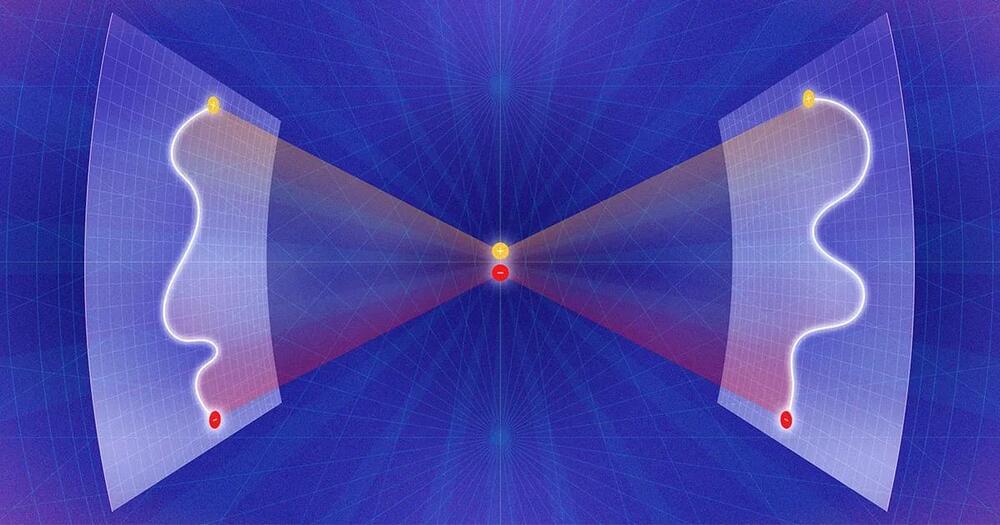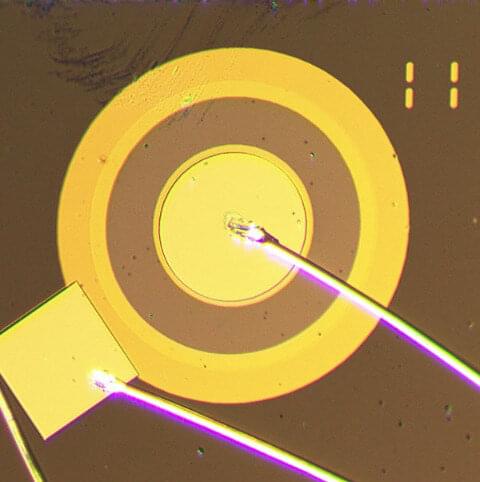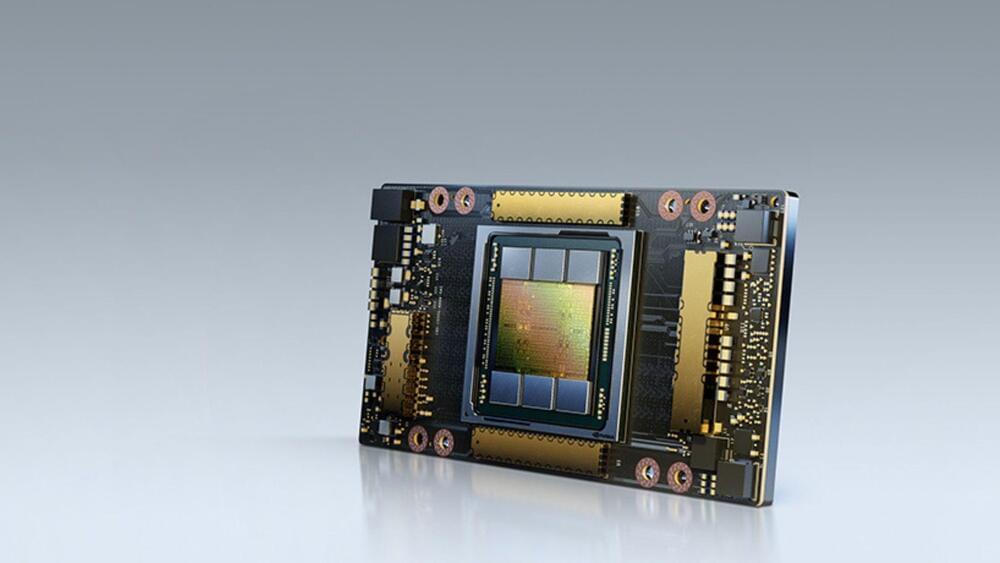So-called “higher symmetries” are illuminating everything from particle decays to the behavior of complex quantum systems.



Physicists have recreated the double-slit experiment in time rather than space, using materials that change their optical properties in femtoseconds. This research could lead to ultrafast optical switches and advancements in time crystals and metamaterials.
Metamaterials are engineered materials that have properties not usually found in nature.

RIKEN physicists have created an exotic quantum state in a device with a disk-like geometry for the first time, showing that edges are not required. This demonstration opens the way for realizing other novel electronic behavior. Their findings are published in Nature Physics.
Physics has long moved on from the three classic states of matter: solid, liquid and gas. A better theoretical understanding of quantum effects in crystals and the development of advanced experimental tools to probe and measure them has revealed a whole host of exotic states of matter.
A prominent example of this is the topological insulator: a kind of crystalline solid that exhibits wildly different properties on their surfaces than in the rest of the material. The best-known manifestation of this is that topological insulators conduct electricity on their surfaces but are insulating in their interiors.

Microsoft has been secretly developing the chips since 2019.
Microsoft is reportedly working on its own AI chips to train complex language models. The move is thought to be intended to free the corporation from reliance on Nvidia chips, which are in high demand.
Select Microsoft and OpenAI staff members have been granted access to the chips to verify their functionality, The Information reported on Tuesday.


Cortical Labs, an Australian startup developing a new type of artificial intelligence that combines lab-grown human brain cells with computer chips, has raised $10 million in a funding round led by Horizons Ventures, the private investment arm of Hong Kong’s richest person, Li Ka-shing.
Blackbird Ventures, Australia’s leading venture capital fund, has also taken part in the financing round, Cortical Labs said in a statement on Wednesday. Other investors include In-Q-Tel, the venture capital arm of the Central Intelligence Agency, as well as U.S.-based LifeX Ventures and Australia-headquartered Radar Ventures, among others.
Cortical Labs said it will use the capital to commercialize its biological computer chips—human brain cells derived from stem cells that are grown on top of microelectrode arrays. Cortical Labs refers to their system as DishBrain, and says it’s capable of performing goal-directed tasks.

The world’s wealthiest billionaires are drawing battle lines when it comes to who will control AI, according to Elon Musk in an interview with Tucker Carlson on Fox News, which aired this week.
Musk explained that he cofounded ChatGPT-maker OpenAI in reaction to Google cofounder Larry Page’s lack of concern over the danger of AI outsmarting humans.
He said the two were once close friends and that he would often stay at Page’s house in Palo Alto where they would talk late into the night about the technology. Page was such a fan of Musk’s that in Jan. 2015, Google invested $1 billion in SpaceX for a 10% stake with Fidelity Investments. “He wants to go to Mars. That’s a worthy goal,” Page said in a March 2014 TED Talk.

The energy per unit mass of 500 Wh/kg is twice that of typical Li-ion batteries. In addition to doubling the range of EVs, this could enable longer-haul electrified aviation.
Contemporary Amperex Technology Co., Limited (CATL) has today launched a new ‘condensed battery’ with up to 500 Wh/kg. This ultra-high energy density could enable the electrification of passenger aircraft.
Some of Daniel Schmarchtenberger’s friends say you can be “Schmachtenberged”. It means realising that we are on our way to self-destruction as a civilisation, on a global level. This is a topic often addressed by the American philosopher and strategist, in a world with powerful weapons and technologies and a lack of efficient governance. But, as the catastrophic script has already started to be written, is there still hope? And how do we start reversing the scenario?
